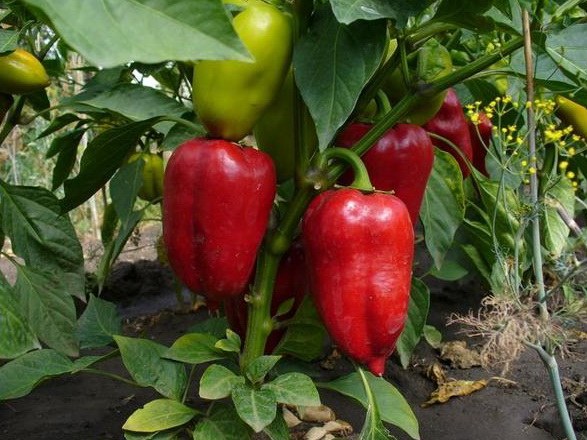You will need
- Pepper, water, watering, fertilizer.
Instruction
1
For a start it is worth noting that pepper demanding moderate soil moisture: without drying and without waterlogging. To meet this requirement, water pepper 2 times a week. And in very hot weather even more often. The best time for watering is early morning or evening when the sun is not too manifests its activity. It is better to water often, but not too heavily, as the roots of the pepper does not tolerate drying soil even for a short time period. The lack of moisture, you will notice that the trunks began to stiffen.
2
If waterlogged peppers, the roots will be thin, fine, dry. A large excess of water will lead to the fact that the world will be slugs, who are very fond of pepper. Thus, the harvest will be ruined. In addition, excessive moisture contributes to the appearance on earth of such diseases as blackleg. Initially, the stem of the pepper blackens at the root, then runs out and falls: the plant dies. Be careful, because the disease develops rapidly, within a couple days.
3
To prevent drying of the soil, and reduce the difference of day and night temperature, over mulch the ground peat, sawdust or hay. A mulch layer: 5-10 cm With the help of it you also protect the soil from crust formation, and the roots from overheating. After digestion, the mulch will serve as fertilizer for peppers.
4
Combine fertilizing with the watering of pepper. However, fertilizer application should be no more than once every 2-3 weeks. Use both organic and mineral supplements. Bird droppings and mullein dilute with water at a ratio of 1:15. Follow the feeding of these fertilizers in the early growth of pepper. In the period of flowering and fruit spend foliar feeding infusion of ash (1-2 cups per 10 liters of water). The ash is easily replaced with micronutrients: make them according to the instructions. Nitrogen fertilizers are extremely useful for pepper, but don't overdo them, since the increase of green mass inevitably entails a reduction in yield.
